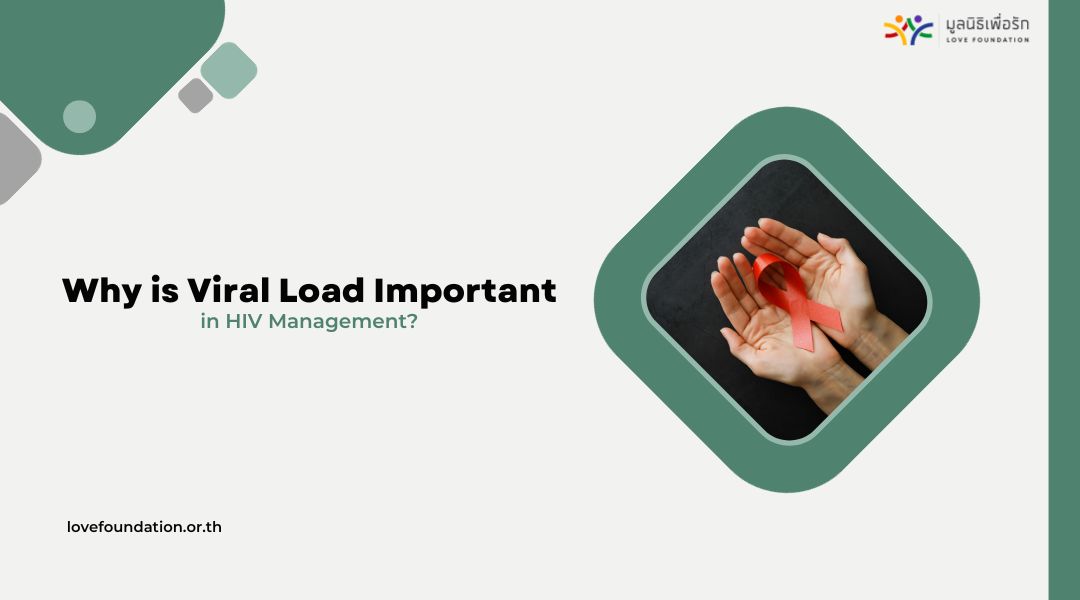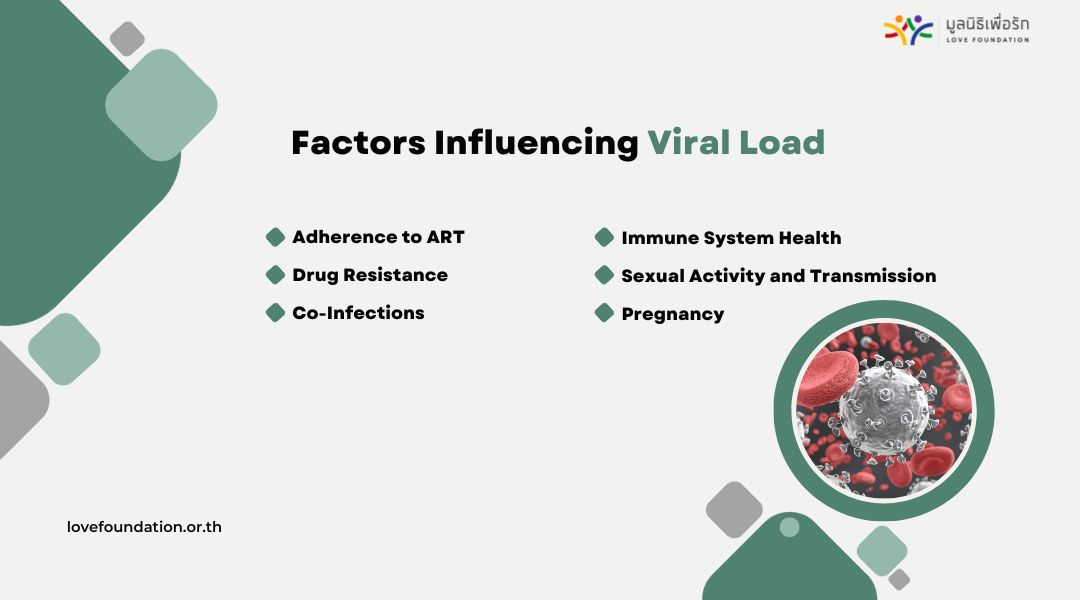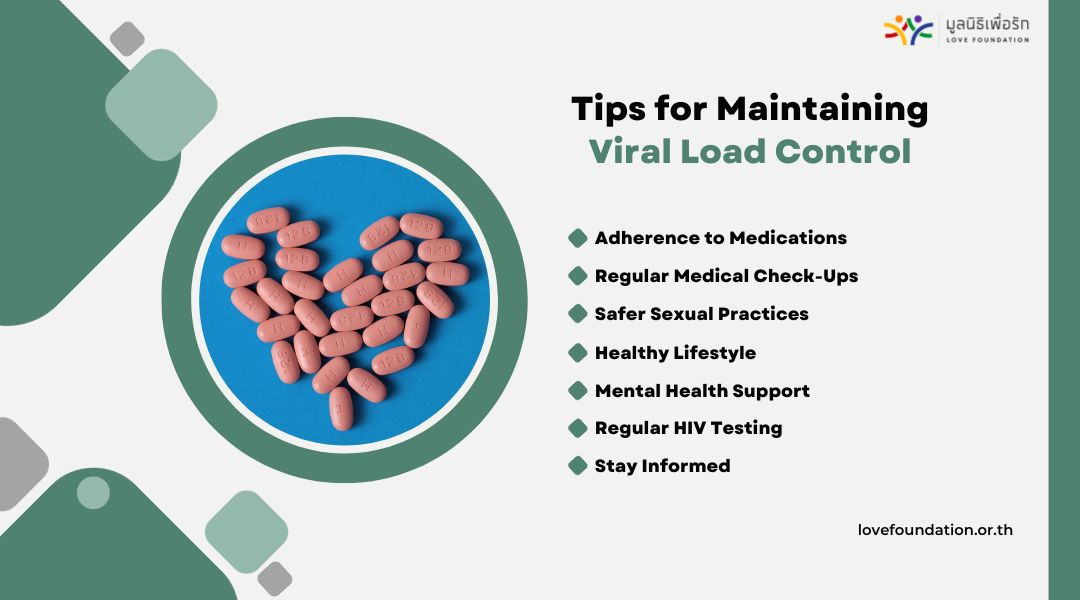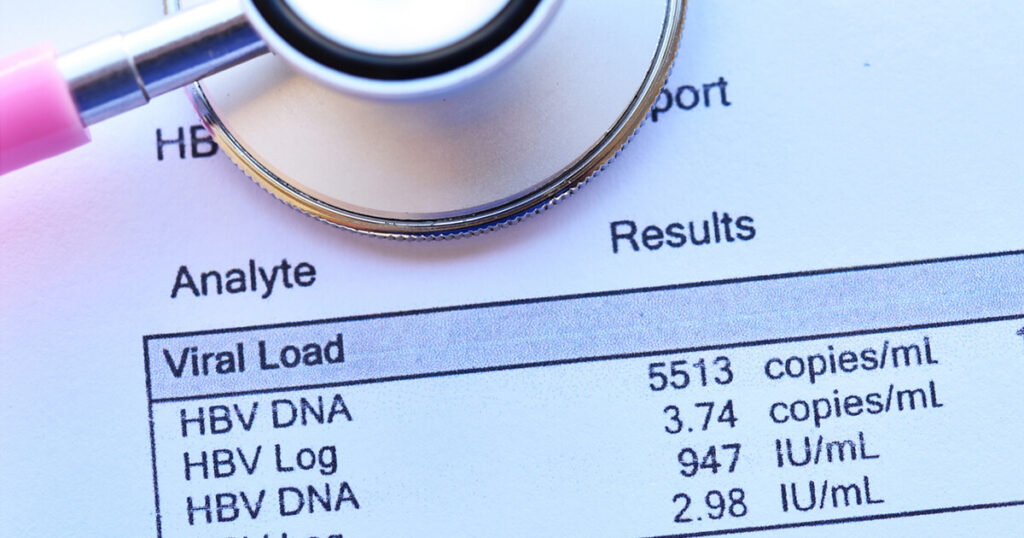HIV (Human Immunodeficiency Virus) has been a global health concern for several decades. Since its discovery, significant progress has been made in understanding the virus, its effects on the human body, and how to manage the disease. One crucial aspect of HIV management is monitoring the viral load in HIV-infected individuals.
In this comprehensive article, we will delve deep into the concept of viral load in HIV. We will explore what viral load is, why it is essential in HIV management, how it is measured, the factors that influence it, and its significance in the context of HIV treatment. Furthermore, we will discuss the latest research and advancements in the field, provide tips for maintaining viral load control, and examine the future of HIV management.
What is Viral Load in HIV?
Viral load, in the context of HIV, refers to the quantity of HIV RNA (ribonucleic acid) in a person’s bloodstream. It is a crucial indicator of the virus’s activity and replication within the body. A high viral load suggests that the virus is multiplying rapidly, while a low viral load indicates that the virus is relatively inactive.

Understanding viral load is essential because it provides critical information about the progression of the disease and the effectiveness of treatment. It helps healthcare professionals make informed decisions about the course of treatment and helps individuals living with HIV manage their condition better.
Why is Viral Load Important in HIV Management?
Viral load plays a pivotal role in HIV management for several reasons. First and foremost, it serves as a key indicator of disease progression. Monitoring changes in viral load over time can help healthcare providers identify when HIV is becoming more active, potentially leading to the progression of the disease to AIDS (Acquired Immunodeficiency Syndrome).

Viral load is a critical factor in determining the success of antiretroviral therapy (ART). ART is a combination of drugs that help suppress the replication of HIV in the body. The primary goal of ART is to reduce viral load to undetectable levels, which significantly improves the individual’s overall health and reduces the risk of transmitting the virus to others.
Moreover, viral load is closely linked to CD4 T-cell counts, which are a key component of the immune system. CD4 cells are white blood cells that play a crucial role in the body’s defense against infections. As viral load increases, CD4 cell counts tend to decrease, leaving the immune system compromised. Keeping viral load in check is vital to preserving CD4 cell counts and overall immune function.

Measuring Viral Load
The measurement of viral load is typically done through a blood test. Healthcare providers use a test known as a quantitative polymerase chain reaction (PCR) assay to determine the amount of HIV RNA in a patient’s blood sample. The results are reported as the number of copies of HIV RNA per milliliter of blood plasma.
It’s important to note that viral load can vary from person to person and over time within the same individual. Factors such as the stage of infection, individual immune response, and adherence to ART can all influence viral load levels. Typically, viral concentration is categorized into three main groups
- Undetectable Viral Load: This is the goal of ART. An undetectable viral concentration means that the virus is present in such low quantities that it cannot be measured using standard tests. However, it does not mean that the virus is entirely eliminated from the body.
- Low to Moderate Viral Load: This range indicates that the virus is present in the blood at measurable levels but is not multiplying rapidly. Effective ART can bring the viral load down to undetectable levels over time.
- High Viral Load: A high viral concentration suggests that the virus is actively replicating and spreading within the body. This is a cause for concern, as it indicates a higher risk of disease progression and transmission to others.

Factors Influencing Viral Load
Several factors can influence an individual’s viral concentration in HIV. It’s essential to understand these factors, as they can impact disease management and treatment decisions. Some of the key factors include.
- Adherence to ART: Consistent and proper use of antiretroviral therapy is crucial for maintaining an undetectable viral concentration. Missing doses or not taking medications as prescribed can lead to viral load rebound.
- Drug Resistance: Some strains of HIV can develop resistance to specific antiretroviral drugs. In such cases, alternative treatment regimens may be required to control viral load.
- Co-Infections: Coinfections with other viruses, such as hepatitis C, can impact HIV viral concentration. Managing these co-infections is essential for overall health.
- Immune System Health: A robust immune system can help control viral concentration. CD4 cell counts, as mentioned earlier, play a vital role in this regard.
- Sexual Activity and Transmission: Engaging in risky sexual behaviors can lead to higher viral concentration levels, increasing the risk of transmission to sexual partners.
- Pregnancy: In pregnant individuals with HIV, viral concentration management is critical to prevent mother-to-child transmission during childbirth.
Significance of Viral Load in HIV Treatment
Maintaining an undetectable viral concentration through effective antiretroviral therapy has several significant benefits for individuals living with HIV. Some of the key advantages include.
- Improved Health: Lower viral concentration are associated with better overall health and a reduced risk of developing AIDS-related illnesses.
- Reduced Transmission Risk: Individuals with undetectable viral loads are much less likely to transmit HIV to sexual partners. This has led to the concept of “Undetectable = Untransmittable” (U=U).
- Longer Life Expectancy: Effective viral concentration management can significantly extend the life expectancy of people with HIV, allowing them to lead healthier and more productive lives.
- Preservation of Immune Function: Maintaining a low viral concentration helps preserve CD4 cell counts and overall immune function.
The Latest Research and Advancements
The field of HIV research and treatment is dynamic, with ongoing advancements and breakthroughs. In recent years, there have been several notable developments related to viral load management in HIV.
- Long-Acting Antiretroviral Therapies: Researchers have been working on long-acting formulations of antiretroviral drugs, such as injectable treatments that require less frequent dosing. These innovations aim to improve treatment adherence and reduce viral concentration more effectively.
- HIV Cure Research: While a cure for HIV remains elusive, there is ongoing research into finding ways to eliminate the virus from the body, thereby achieving a functional cure. Some approaches involve gene editing and immunotherapy.
- Pre-Exposure Prophylaxis (PrEP): PrEP is a preventive approach for people at high risk of HIV infection. By taking a daily pill, individuals can significantly reduce their risk of contracting the virus, thereby avoiding the need to manage viral concentration.
- Community-Based Interventions: Community-based programs and education efforts have played a vital role in promoting testing, treatment, and viral concentration management, especially among marginalized populations.
- Evolving Drug Combinations: New drug combinations and formulations are continually being explored to enhance treatment options and reduce side effects.

Tips for Maintaining Viral Load Control
Maintaining viral concentration control is essential for the long-term health and well-being of individuals living with HIV. Here are some tips to help achieve and sustain an undetectable viral load.
- Adherence to Medications: Take antiretroviral medications exactly as prescribed by your healthcare provider. Consistency is key in preventing viral concentration rebound.
- Regular Medical Check-Ups: Schedule regular check-ups with your healthcare team to monitor your viral load, CD4 counts, and overall health.
- Safer Sexual Practices: Use protection, such as Condoms, during sexual activities to reduce the risk of transmission.
- Healthy Lifestyle: Maintain a healthy lifestyle by eating well, getting regular exercise, and avoiding substance abuse.
- Mental Health Support: Seek mental health support when needed, as managing HIV can be emotionally challenging.
- Regular HIV Testing: Get tested regularly to ensure early detection and prompt treatment if needed.
- Stay Informed: Stay informed about the latest advancements in HIV treatment and management.
Viral load in HIV is a critical parameter in understanding the disease, determining the effectiveness of treatment, and improving the overall health and quality of life for individuals living with HIV. The ability to maintain an undetectable viral concentration through antiretroviral therapy not only benefits those with HIV but also plays a pivotal role in preventing further transmission of the virus.

